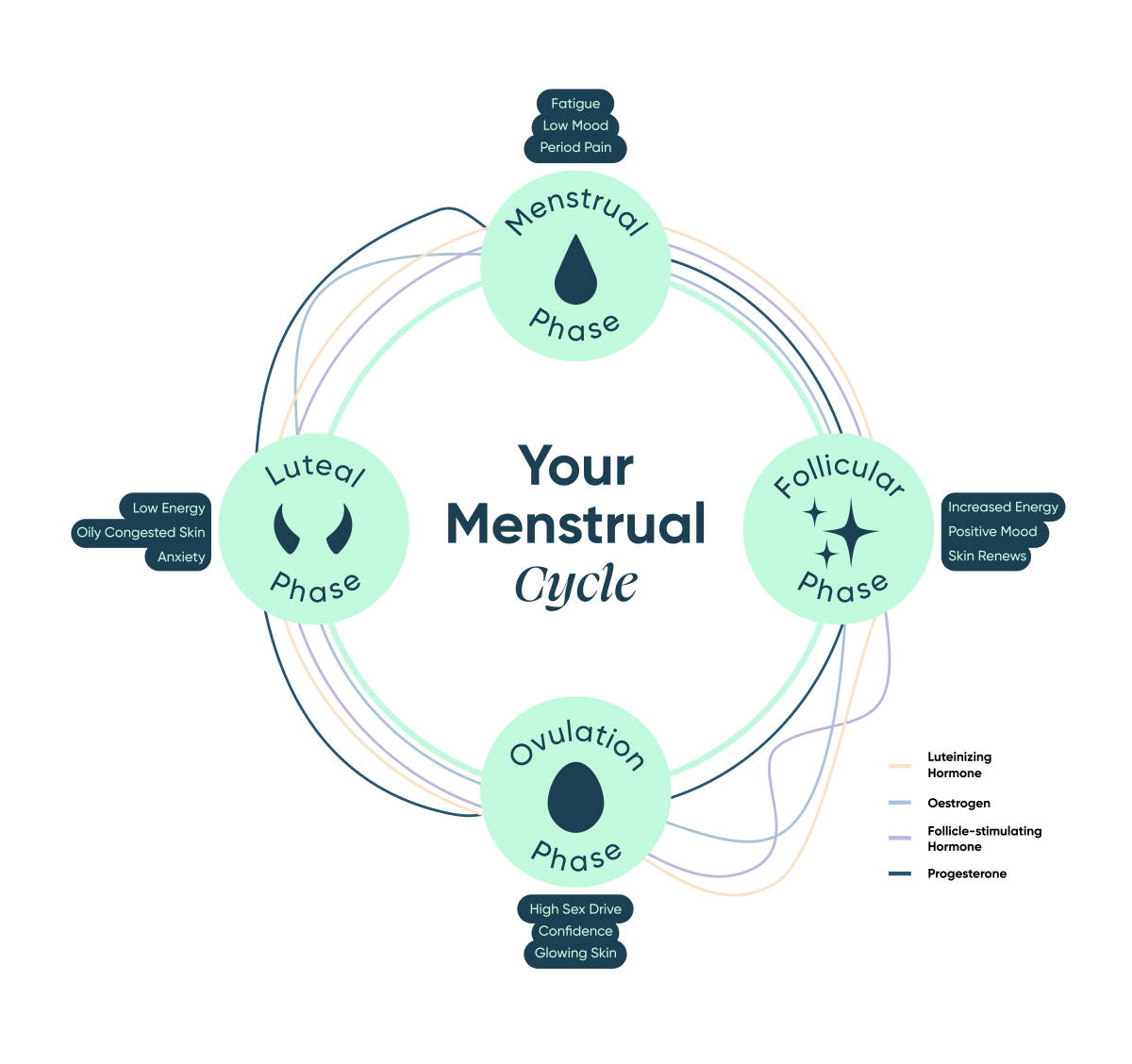Do You Have A Big, Big Decision To Make?
Posted on
Do you feel like you are constantly making the wrong decisions? Perhaps you are struggling to make decisions altogether because you are so indecisive? If you are tired of all of your decisions backfiring, or you simply want to know how you can be more efficient and effective in your decision-making moments, read on to discover some useful tips that will help you out.
Do your research – The key to making a good decision is to making sure you are informed. Let’s say you have decided that you want to have plastic surgery. Well, have you watched videos about fat transfer or any other type of surgery you are considering? Have you spoke to people that have had plastic surgery before? Have you spoken to different surgeons to find out more? If not, then you have not done your research. This applies to all aspects of your life, whether you have an idea in the workplace or you want to change your approach to parenting.
Ask yourself the right questions – You also need to ask yourself the right questions when trying to come to a decision. How committed are you to the challenge? Is the level of risk worth the reward you will get at the end? Does the benefit outweigh the cost? Will the outcome lead you to where you want to be in your life? These are the sorts of questions that will help you along the way.
Don’t ask other people what you should do – One of the biggest mistakes we make as humans is trusting other people’s judgements over our own. What makes their opinion better than yours? After all, that is all it is – an opinion. Rather than worrying about what everyone else thinks, you need to be concerned with what you think. After all, it is likely that your decision is only going to impact your life, and so you should be the one to make it.
Visualise your future self – The final thing you need to do is visualise the outcome of the decision. For example, if you decide that you are going to switch jobs, you need to visualise all of the moments along the way. Visualise handing in your notice, visualise going on the job hunt, and visualise what it is going to be like when you start work at a new place. This will help you to determine whether it is something you really want and whether it is going to take you to a happier and more profitable place that you are going to be content with.
If you follow the advice that has been provided above, you can start making better decisions in all aspects of your life. Whether it comes to marriage, work, personal appearance, your social life, parenting, or anything else, we have decisions to make in all elements of our life, and the advice above should be able to help you feel more confident in your approach to coming up with the solutions.

